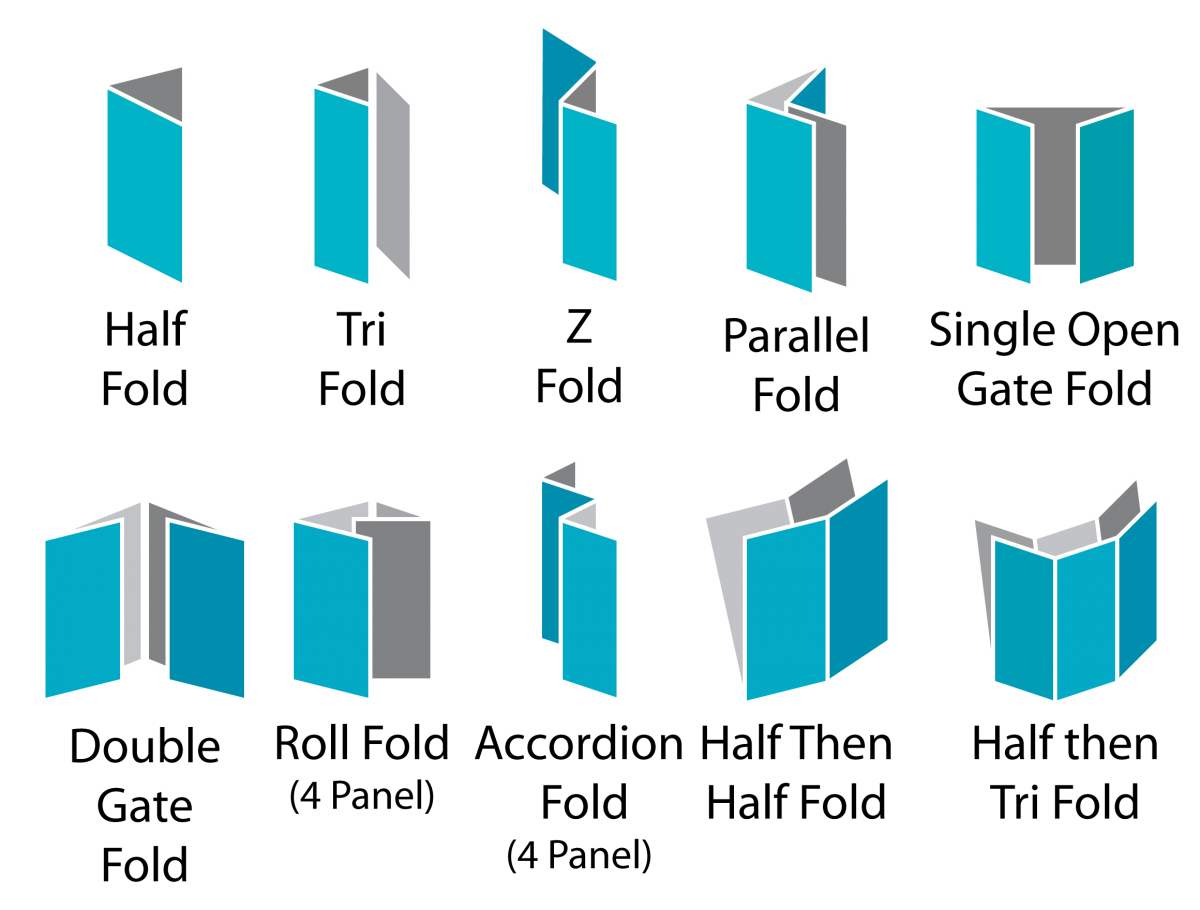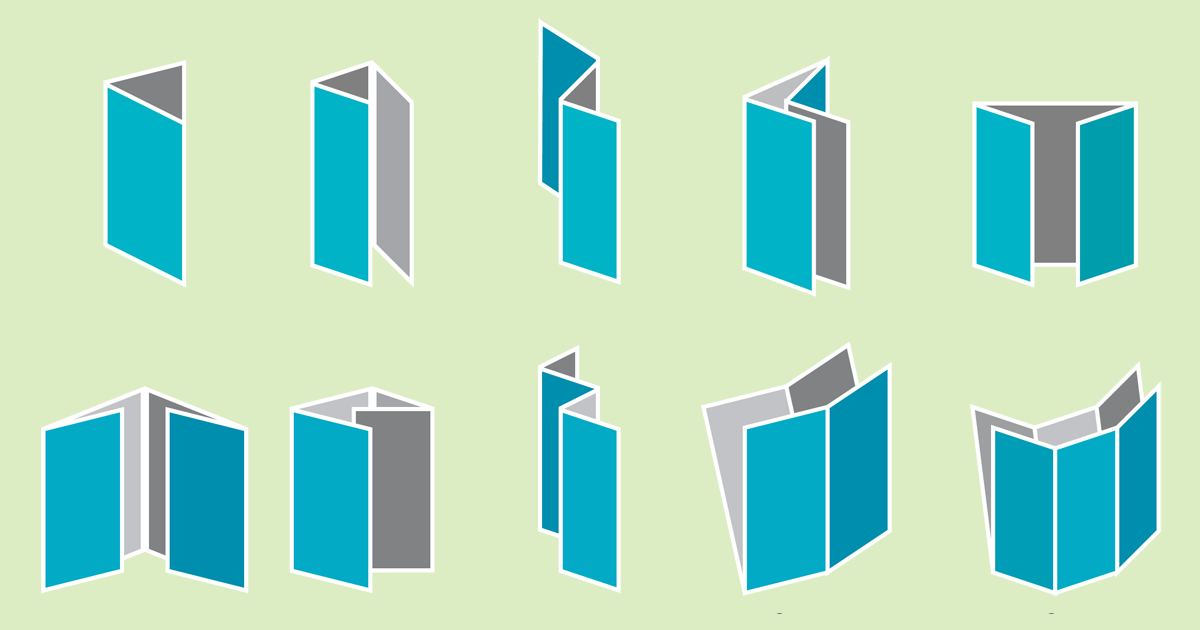Thinking about creating a brochure for your organization or project? Guess what? You’ve already entered the first phase of the process —the planning phase.
Creating a brochure that effectively communicates your information and makes a connection with your intended audience rarely happens by accident. If you want it to go as planned, you will, of course, need a plan. The following is a list of some of the major considerations as you formulate your brochure plan.
1. IDENTIFY YOUR AUDIENCE & THEIR NEEDS (Who, What, How)
Think carefully about who you are trying to reach with the brochure, what type of information they are likely looking for, and how they are looking for it. The answers to the these questions will shape the content and format of your brochure. Similarly, you’ll want to consider any potential challenges that might stand in the way of your audience reading this information, such as time constraints, language barriers, and accessibility concerns such as large print or braille.
2. KNOW YOUR LANDSCAPE
Think about the environment in which you are operating, and which your brochure will be representing you. This includes a careful consideration of your brand’s current or desired position in the market. In other words, who are you and who are your competitors? Your landscape is also shaped by the climate in which your industry is currently operating. Are there any widely recognized challenges that your organization and any others like it are working to overcome, such as public perceptions or misconceptions, lack of awareness or understanding, or perhaps sociocultural and/or economic issues?
3. CONSIDER FORM & PRESENTATION
It is often said that form should follow function. In brochure design, as with most aspects of effective graphic design, form should have a function.
Consider the physical form that your brochure might take, and how that might affect the way your audience might interact with the piece. This includes the optimal dimensions for the printed brochure, and the folding technique used, such as a letter-fold, gate fold, z-fold, or an alternative. Or, perhaps the best answer is not to print at all, choosing to publish a digital brochure instead. (See #5 below.) Factors influencing what form is best for your brochure include the expected amount of content, the manner in which you intend for readers to move through your content and interact with the publication, and your project budget.

This is an area of planning where some careful, thoughtful strategy will yield great dividends. It is also an area where the help of a professional designer often proves invaluable. A skilled professional with experience designing brochures of all types, both printed and digital will understand the pros and cons of each, and will guide you through such decisions and answer any related questions, including those related to cost efficiency.
4. INTEGRATE YOUR EFFORTS
In most cases, you will find it beneficial to strategically tie your new brochure in with your other communication efforts, such as your other printed materials, website, newsletter, or email campaigns. For example, perhaps the brochure should include a link to your website where readers can get additional information? Looked at from the other direction, perhaps your website can be used to collect emails or mailing addresses, where you can send digital or printed brochures respectively?
5. ESTABLISH A DISTRIBUTION STRATEGY
Thinking about distributing a brochure that doesn’t yet exist may seem like we’re getting a bit ahead of ourselves. However, distribution is an important component of the planning phase, as it impacts the brochure’s layout, or perhaps even its final form. For example, if you will be mailing the brochures, you’ll need to allow room for the address and postage, as well as make sure the dimensions and layout of the piece meet current USPS guidelines. If the brochure is to be published digitally and distributed electronically, you may want to format it to allow for easy printing by readers who choose to print a copy on their desktop printers.
The development of a distribution strategy is another area of the planning phase where the insight of an experienced designer will serve you well. They will be able to anticipate such considerations and suggest a variety of proven, budget-minded solutions to maximize your brochure’s effectiveness and efficiency.
The next step:
Next, we’ll focus on the second phase of brochure creation, developing strong, high-quality content:
Creating an effective brochure #2: Developing Content


